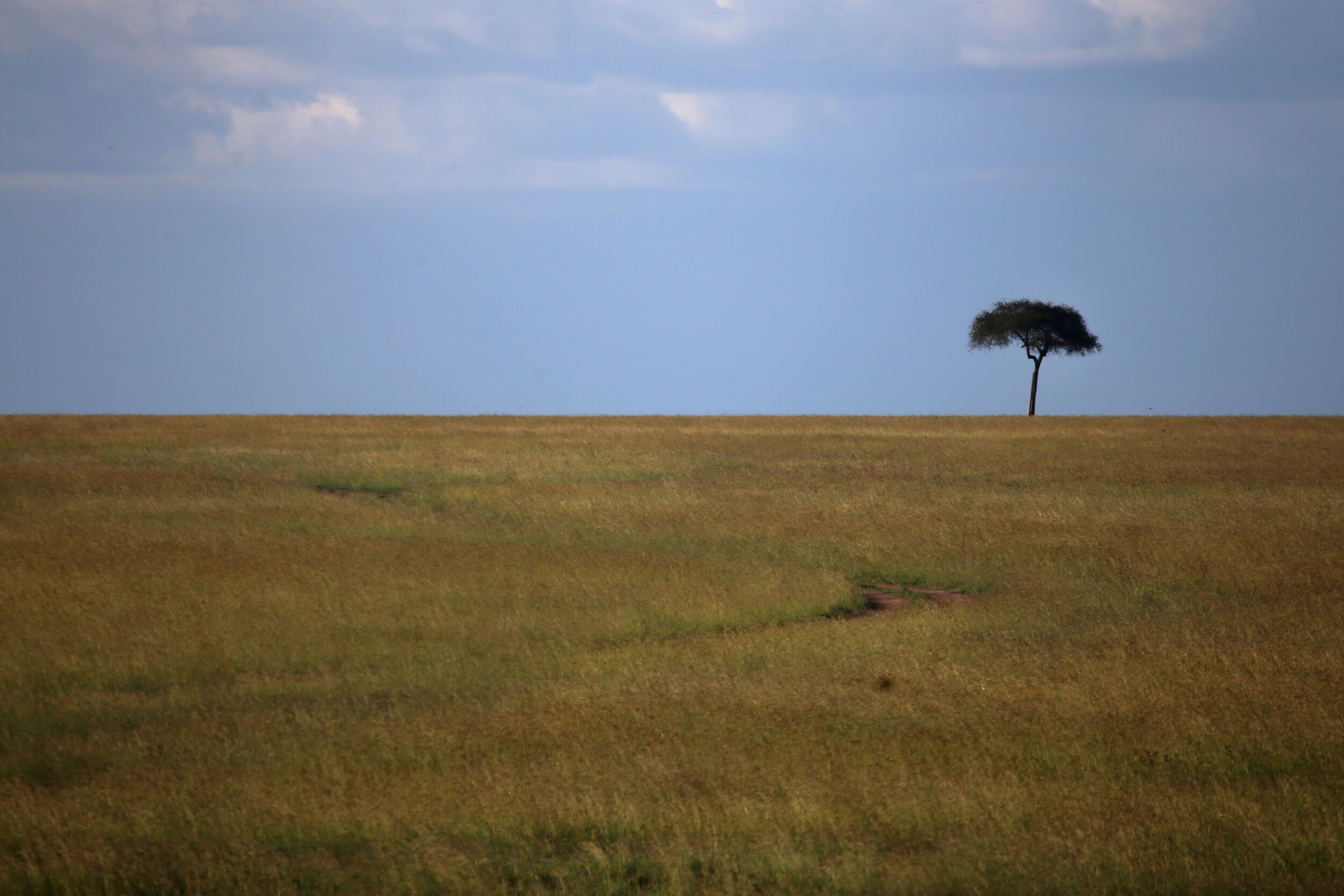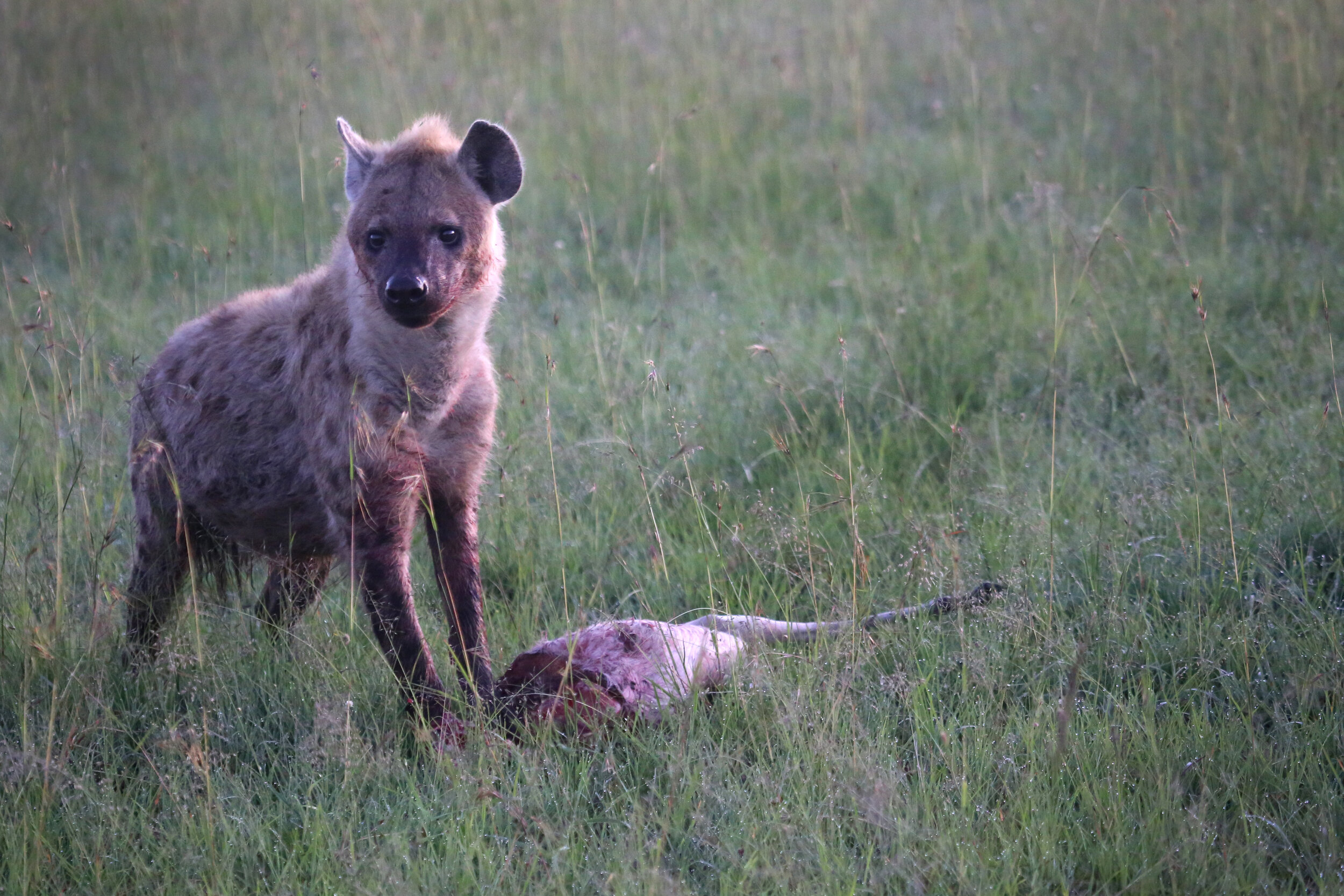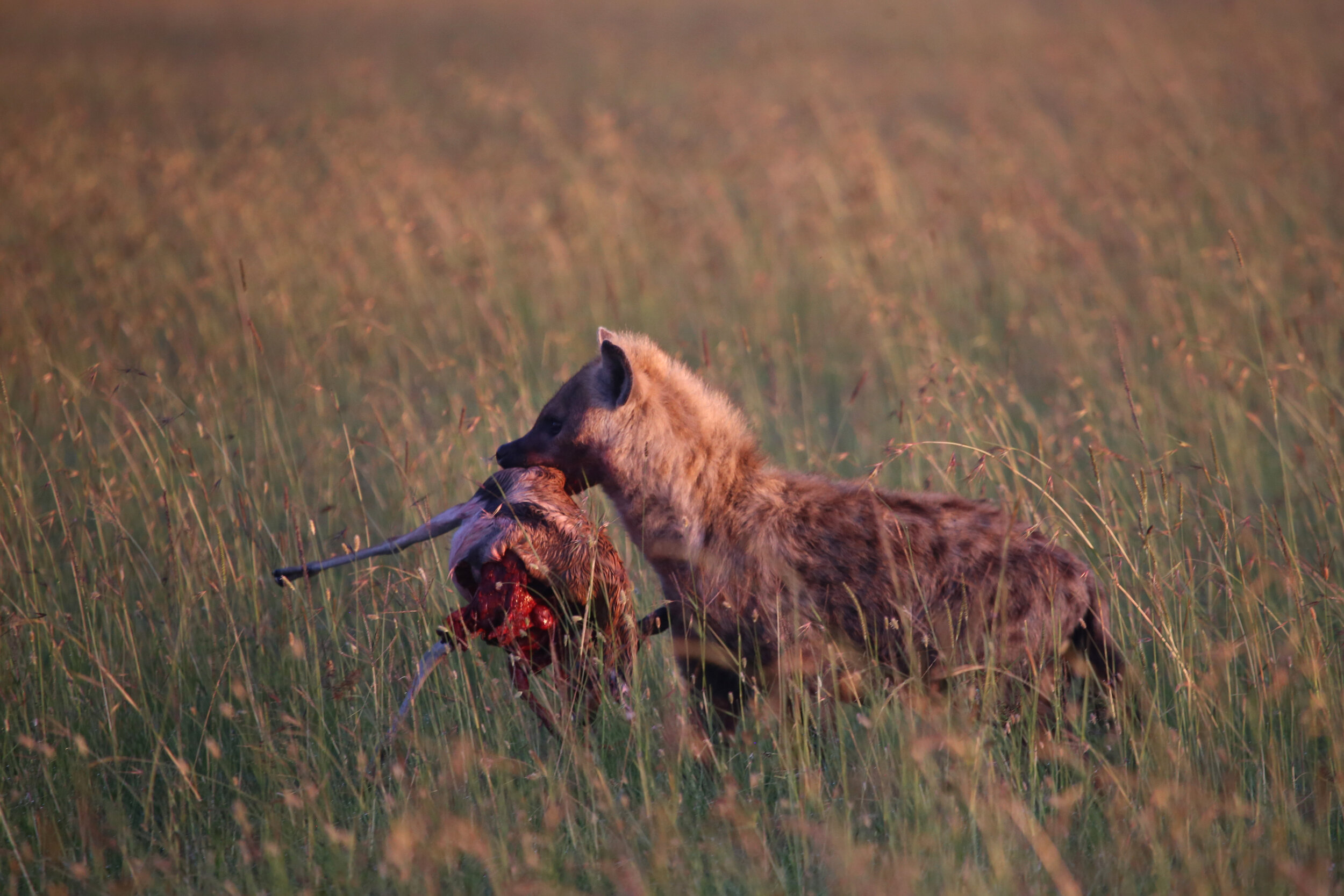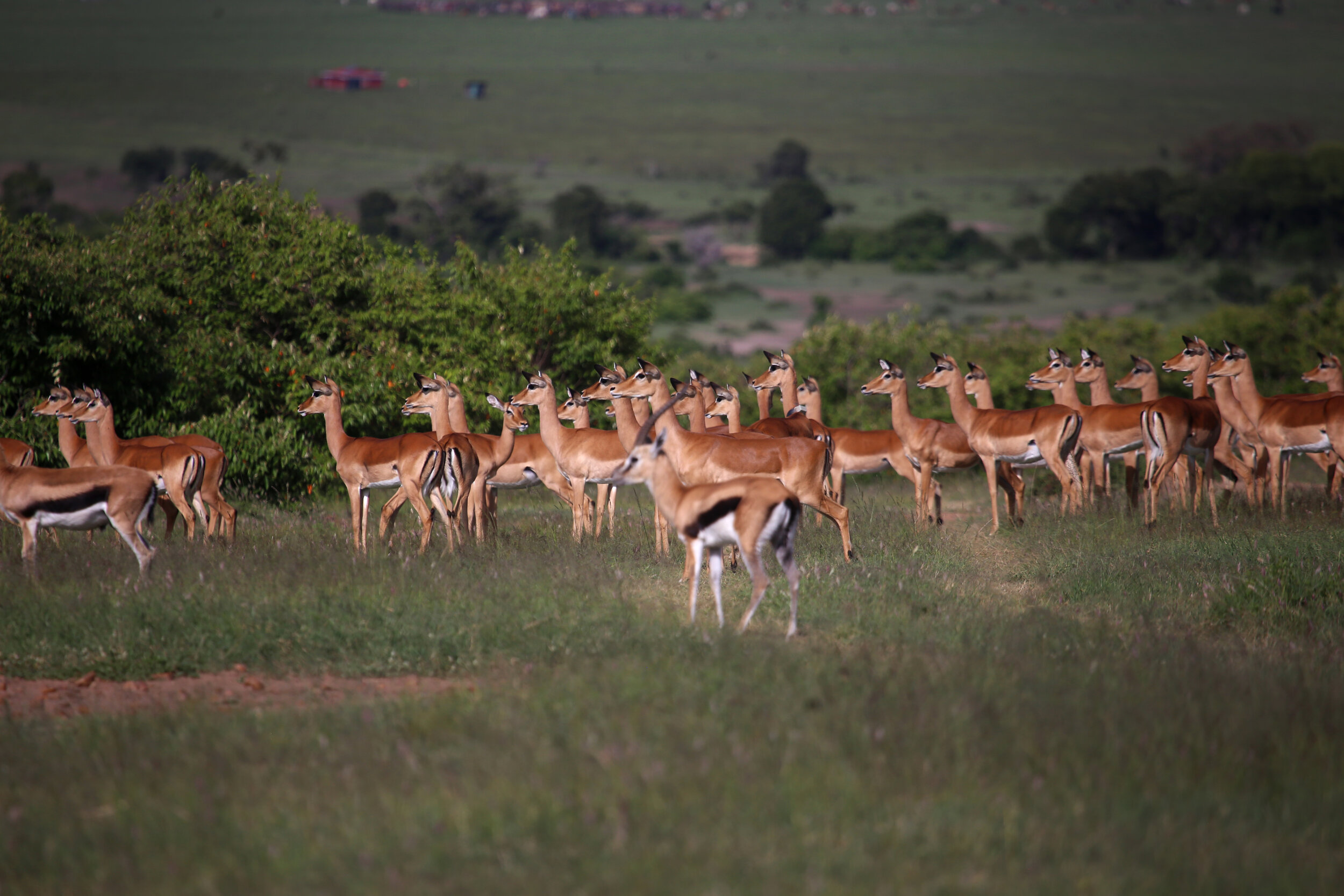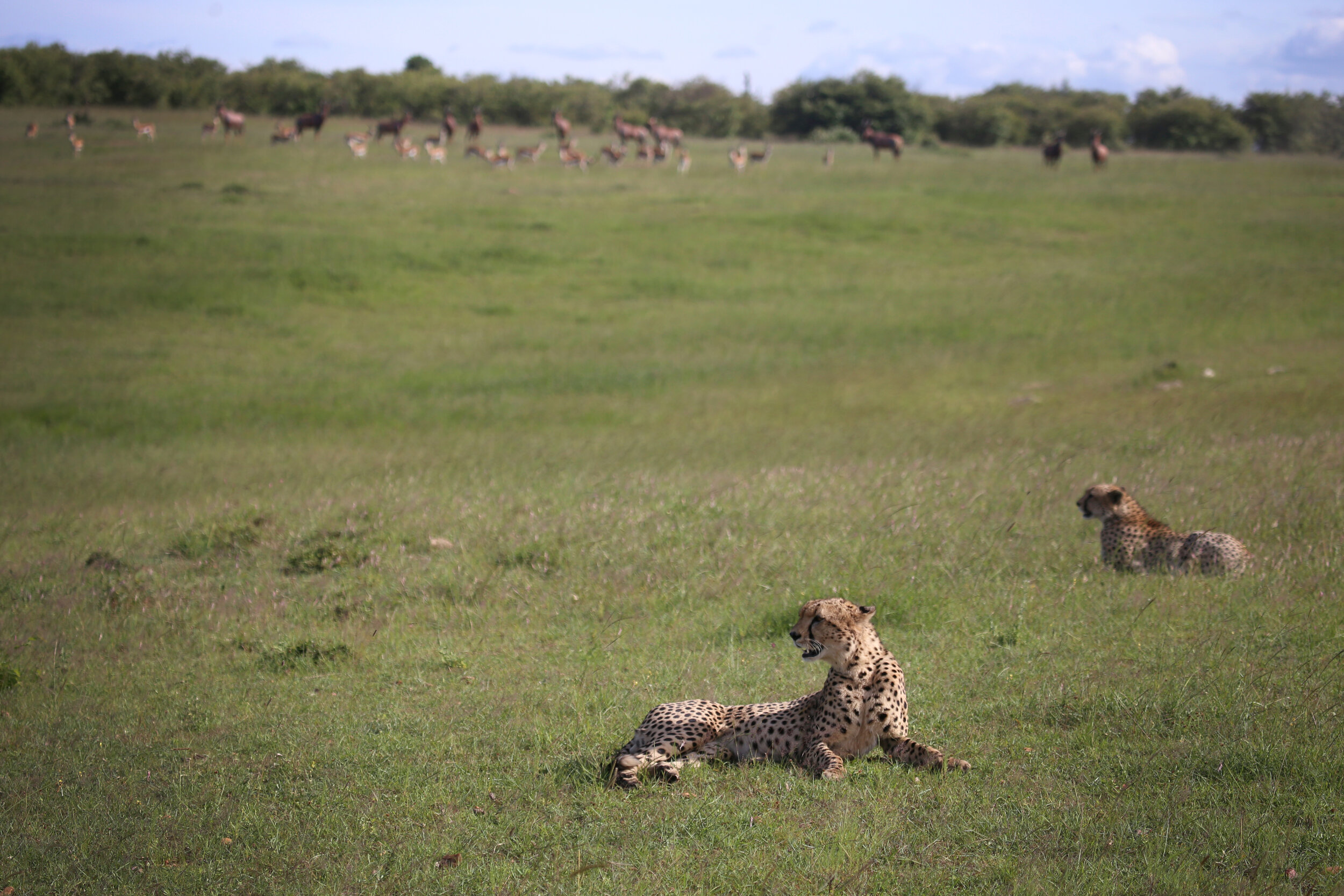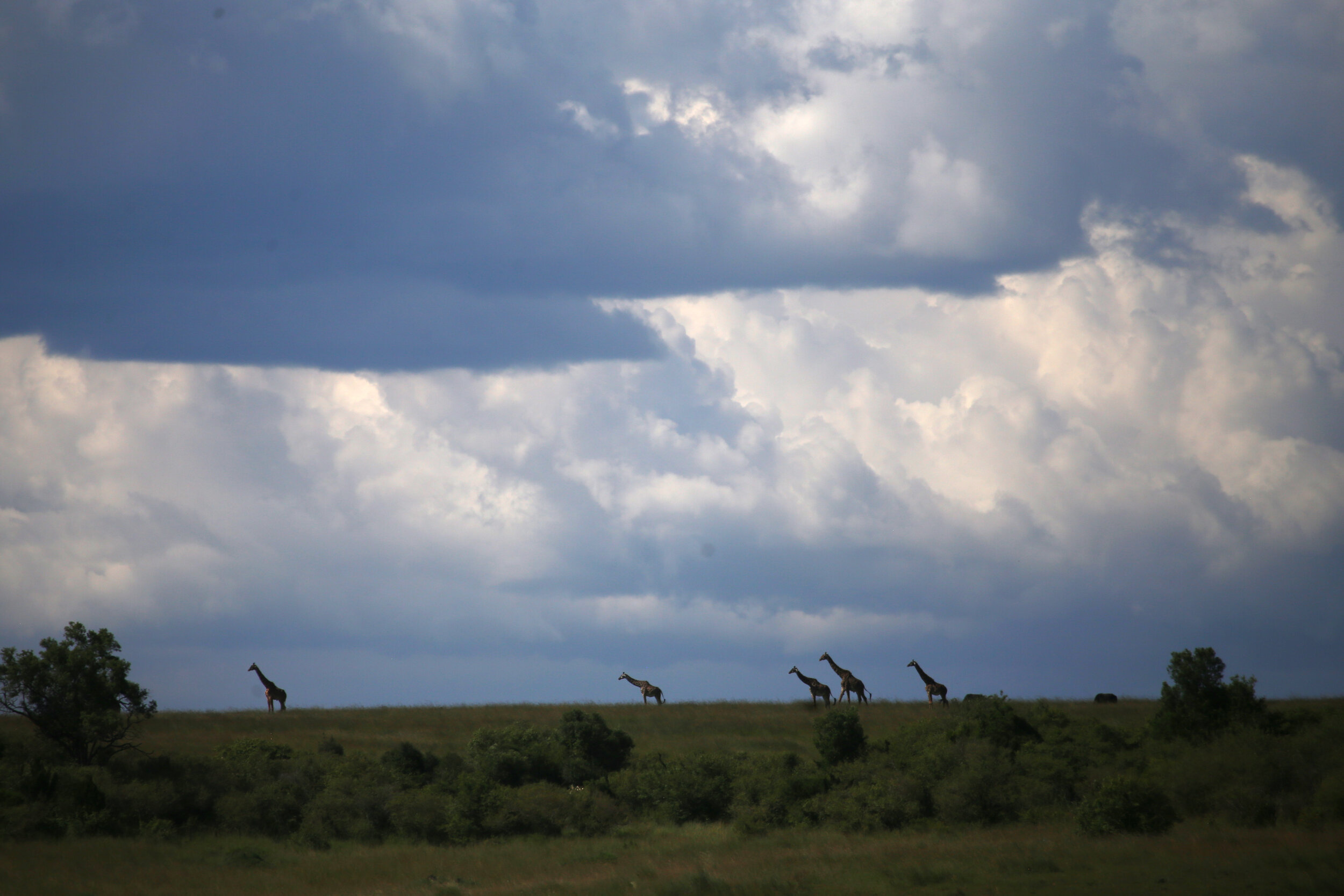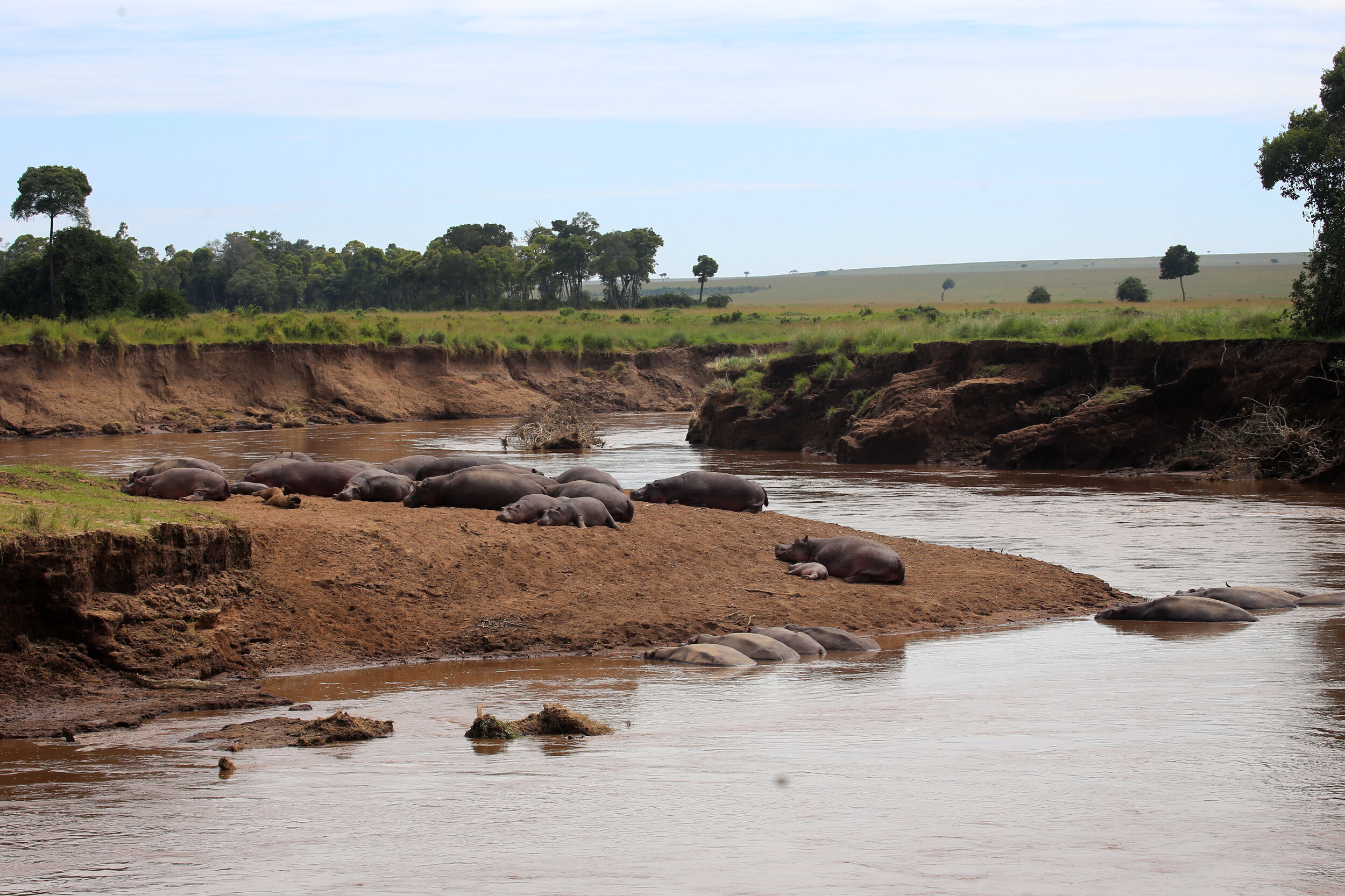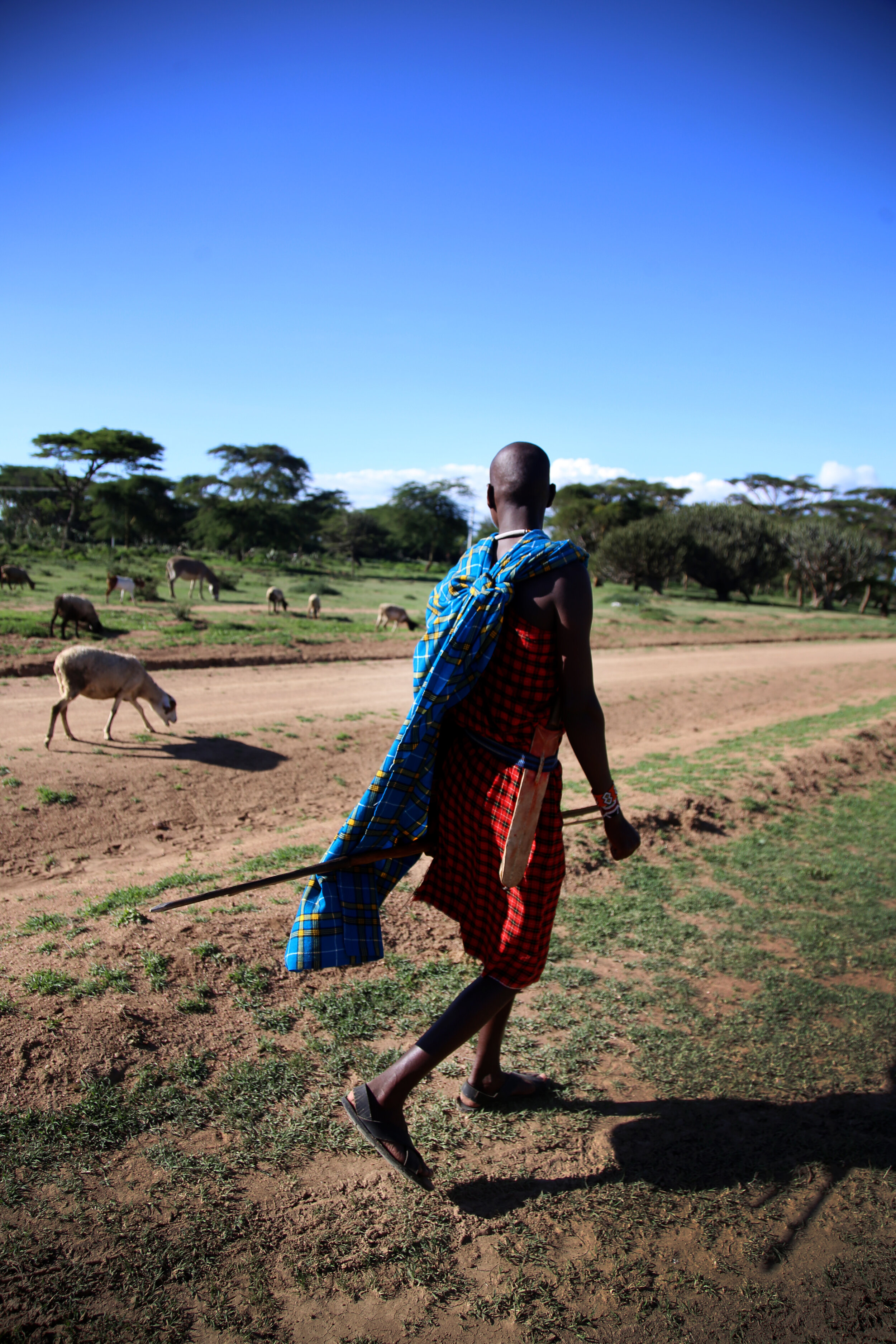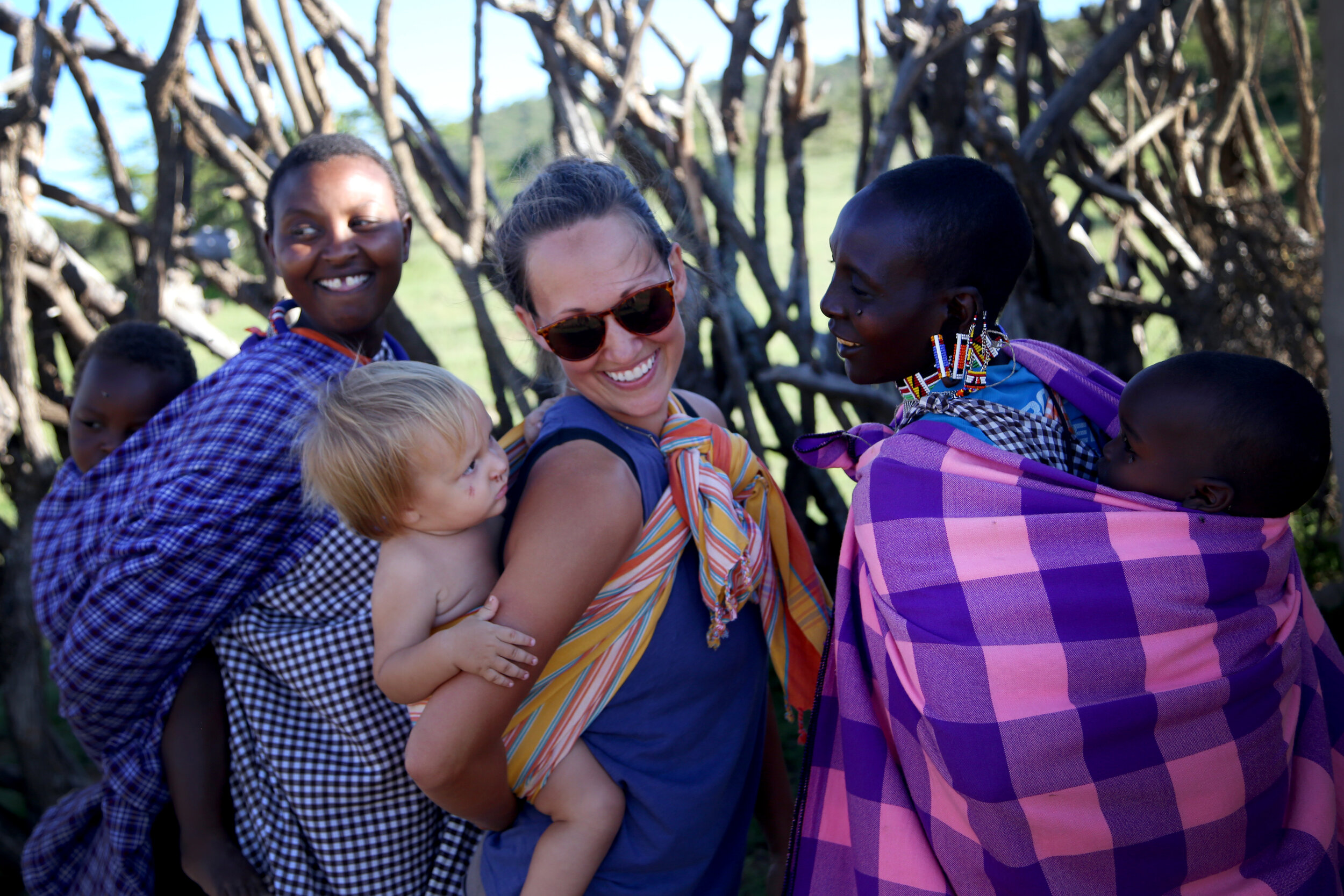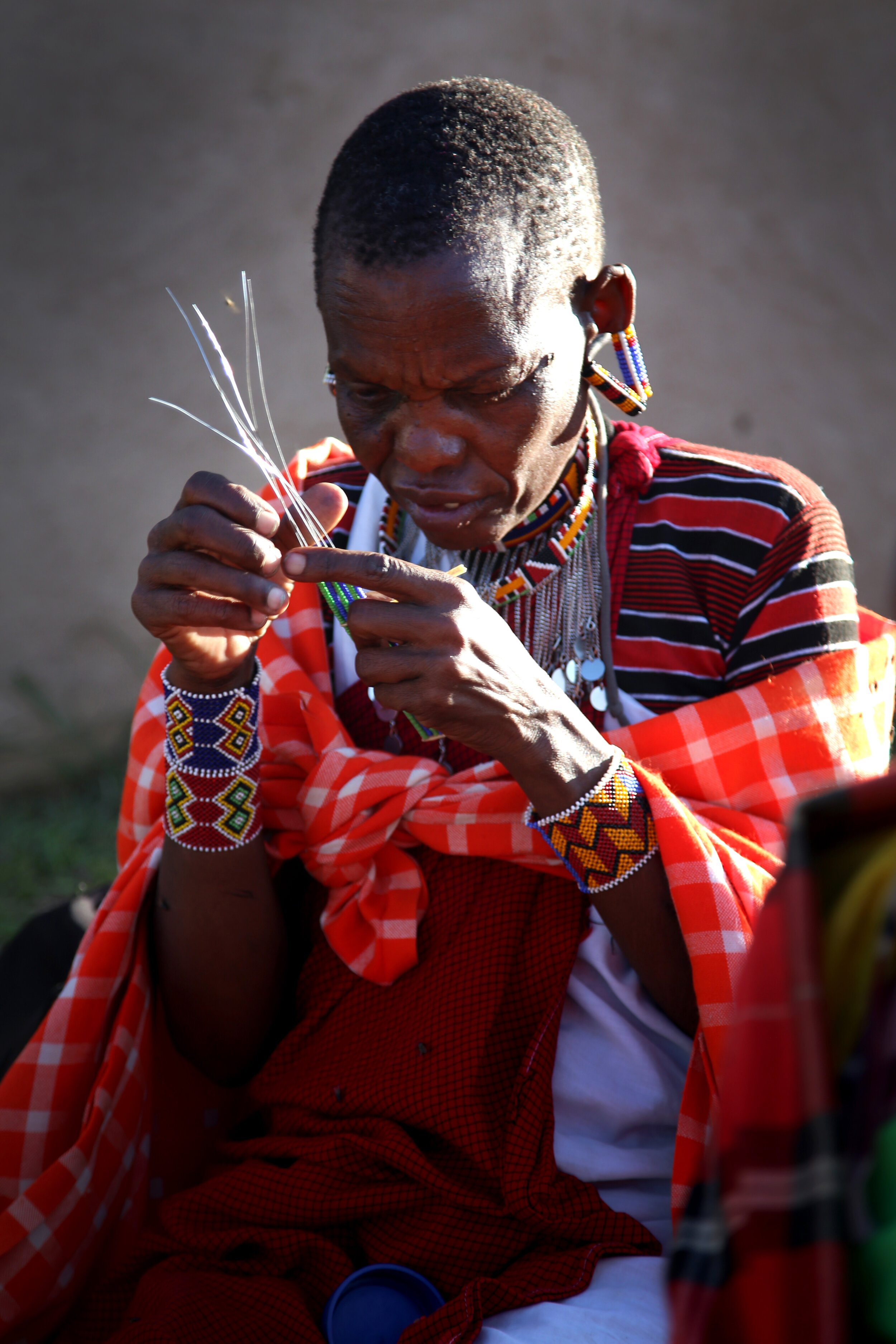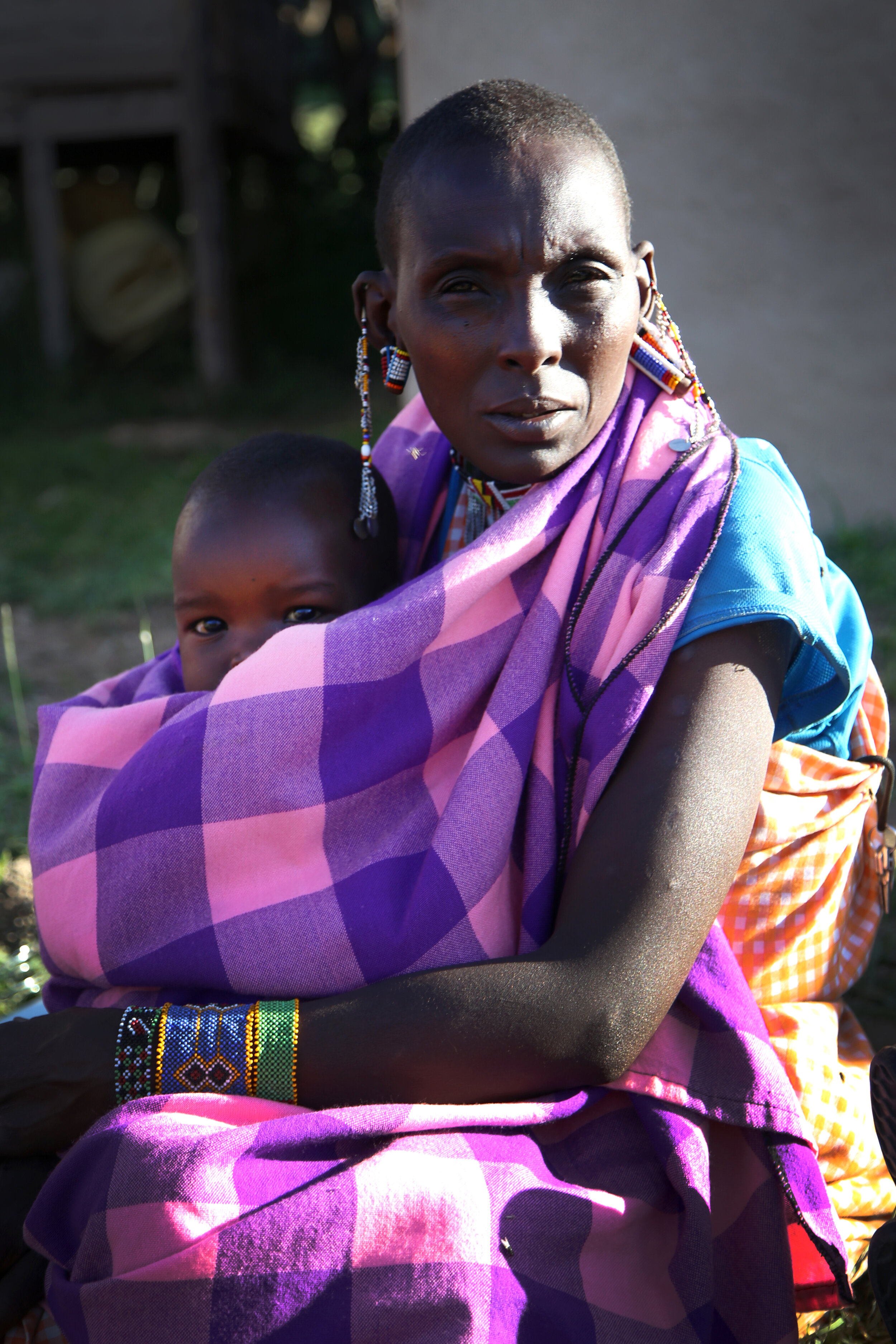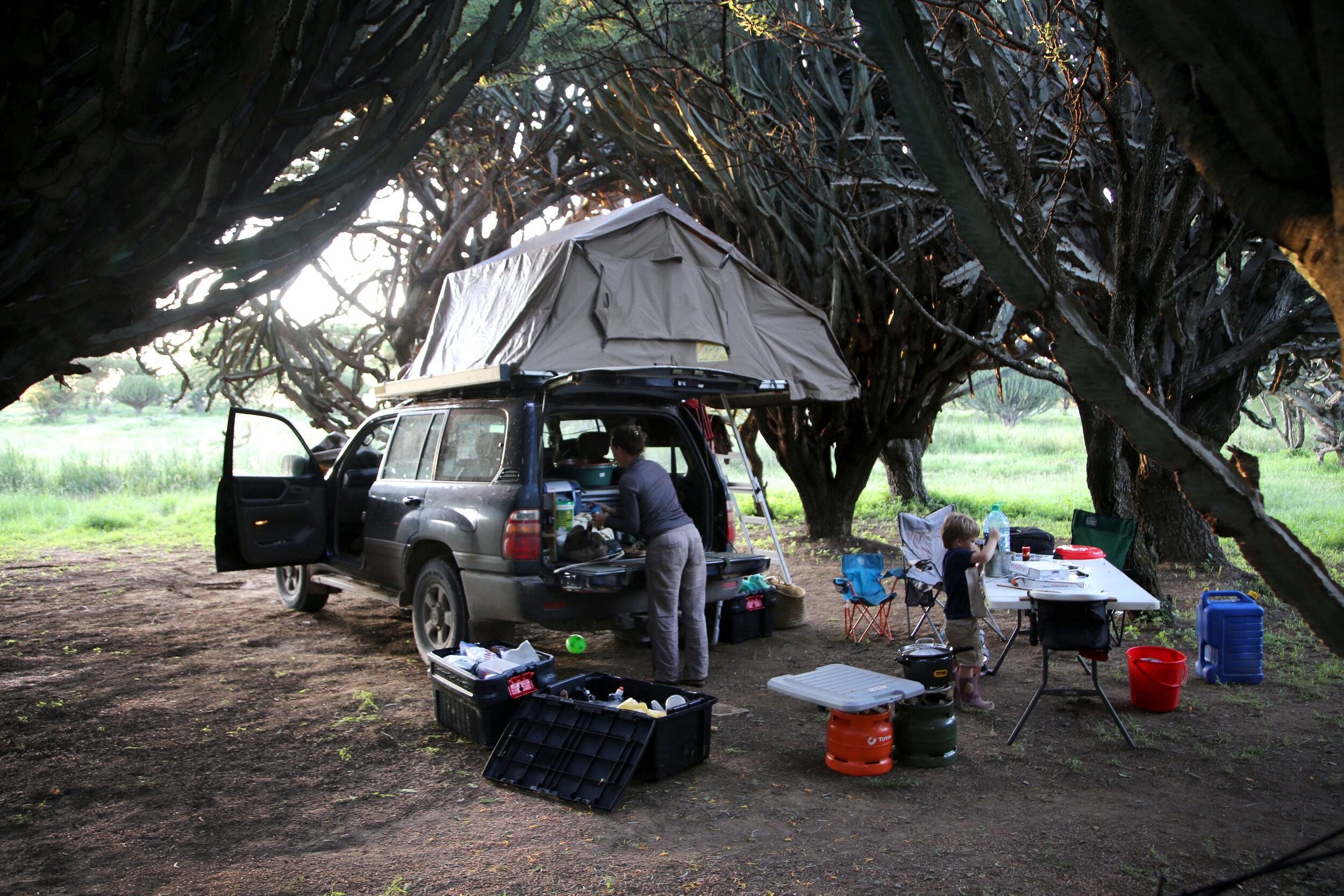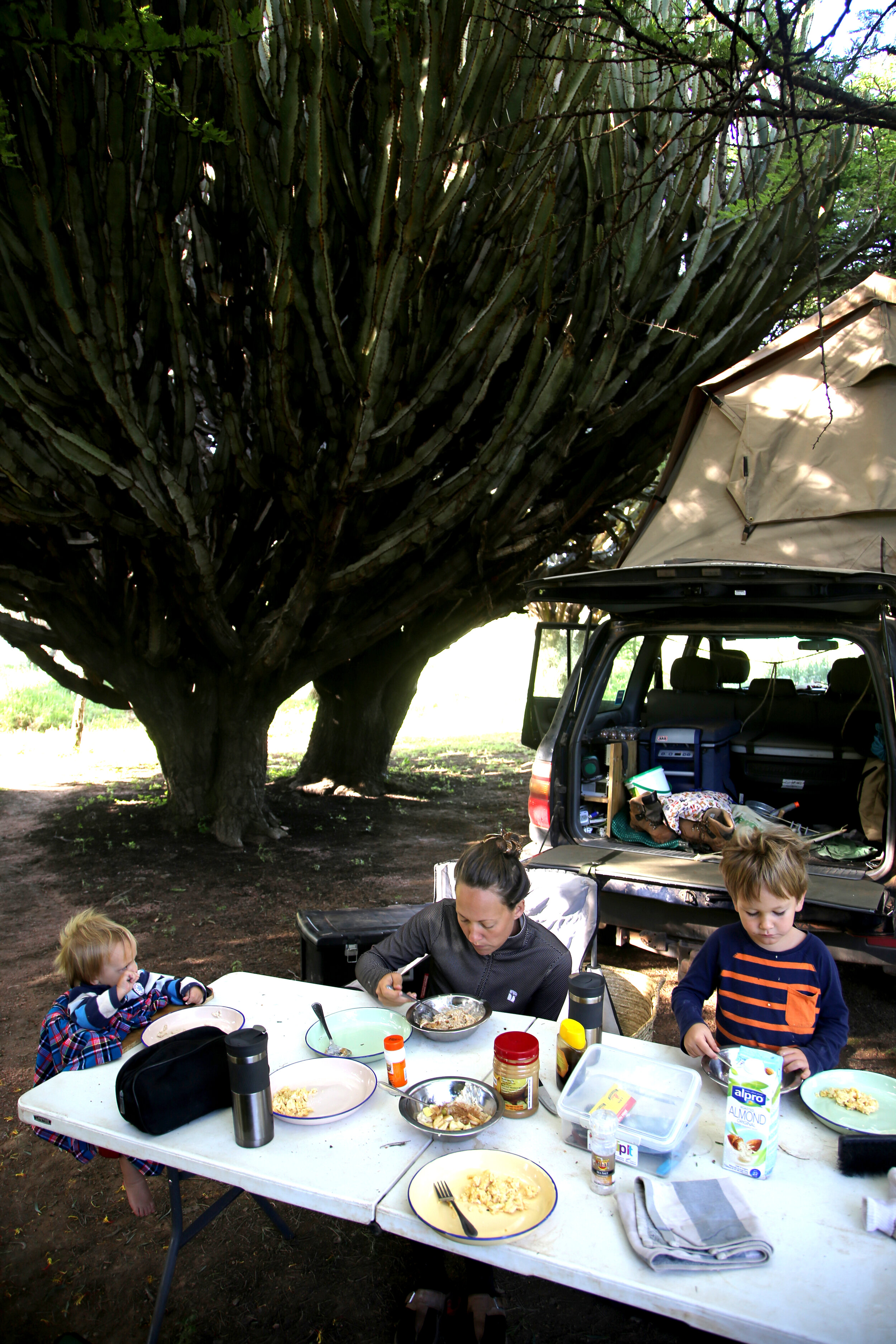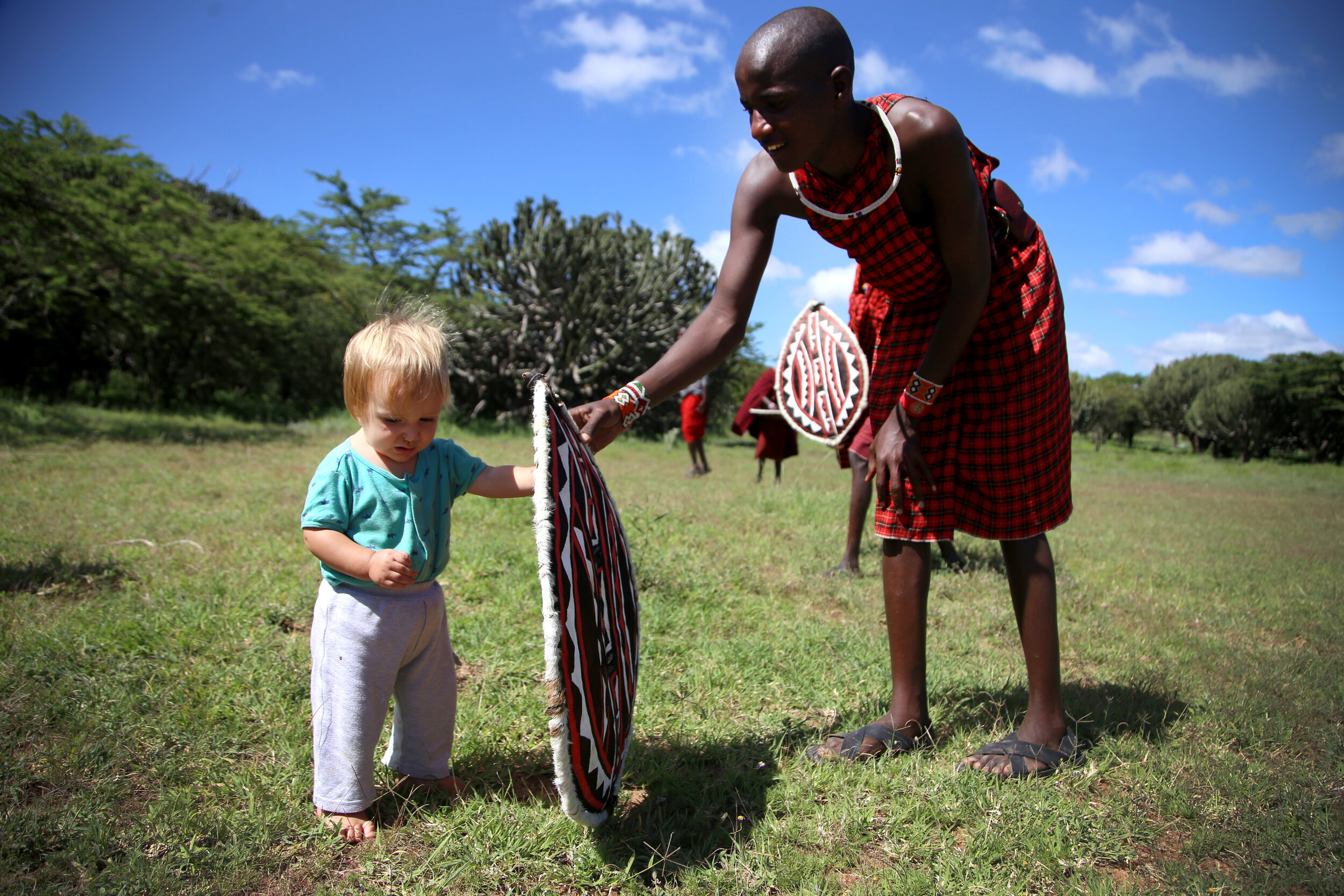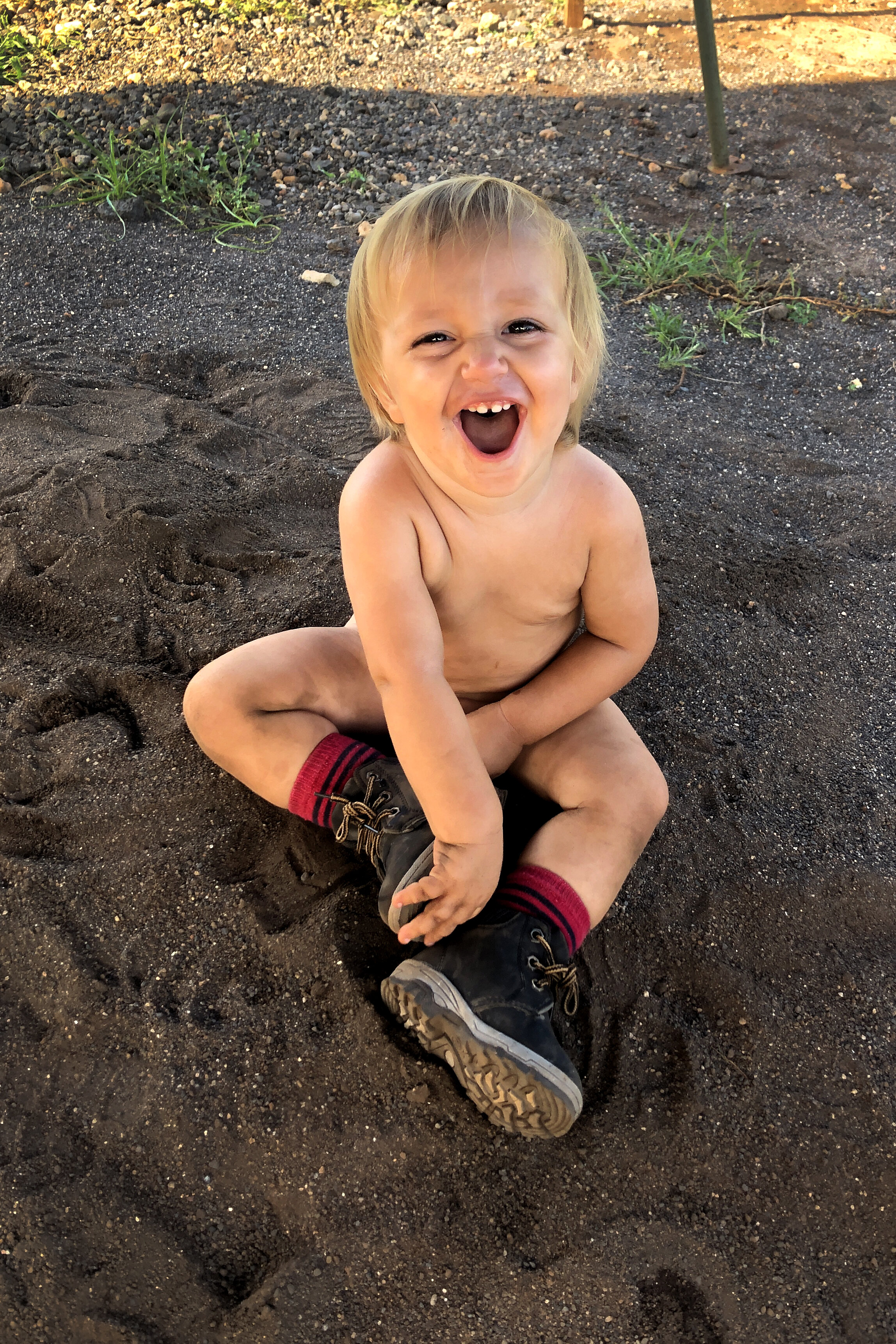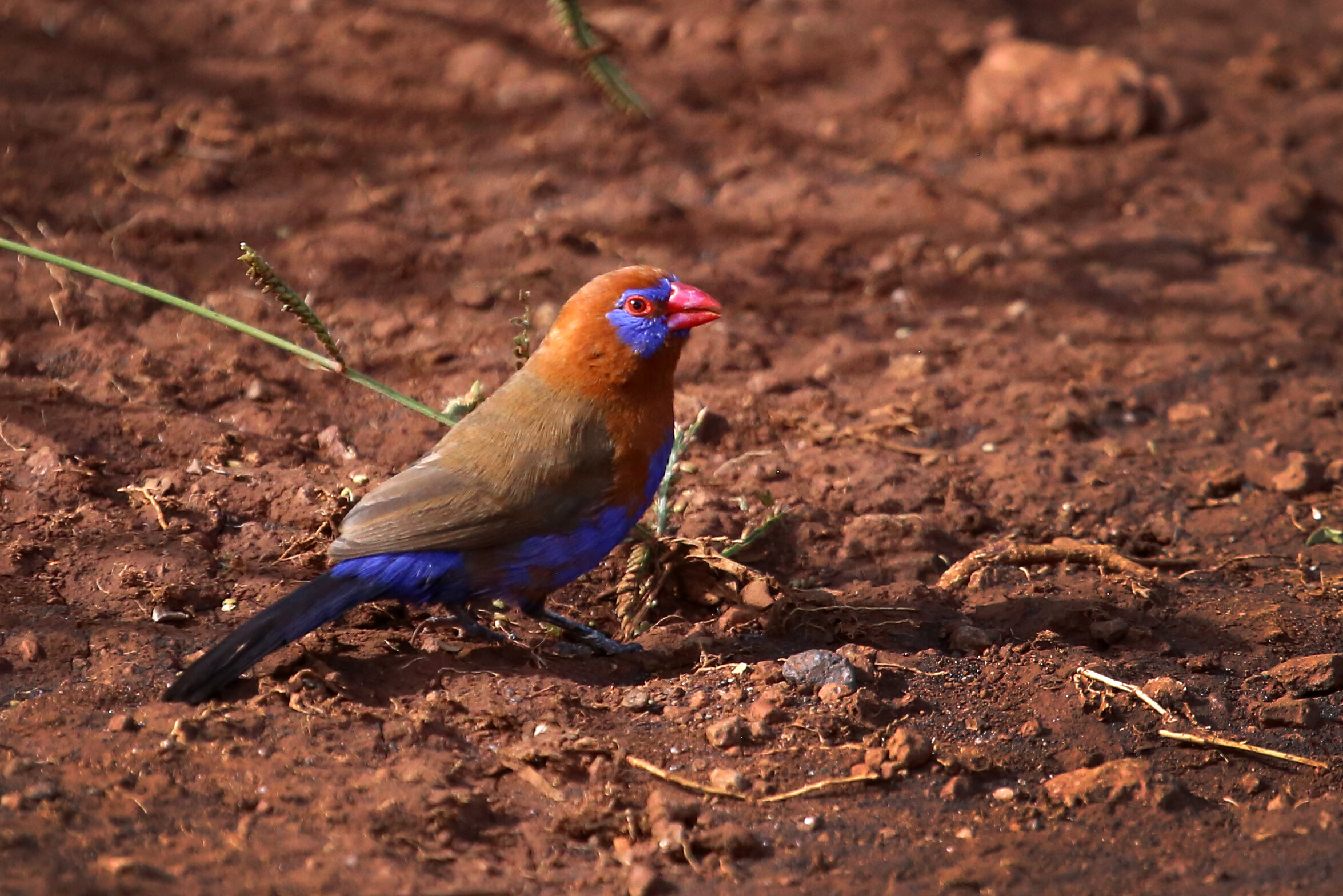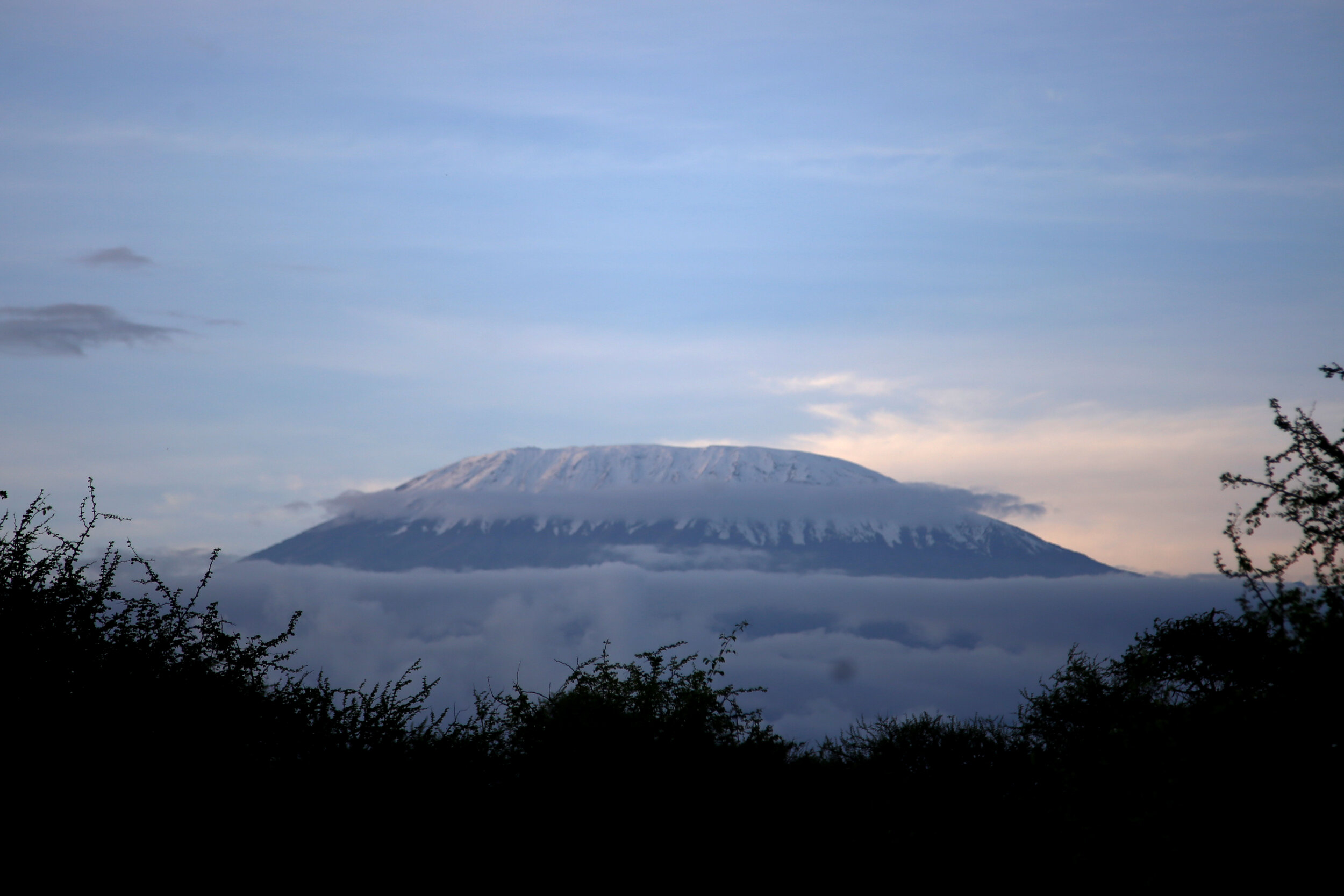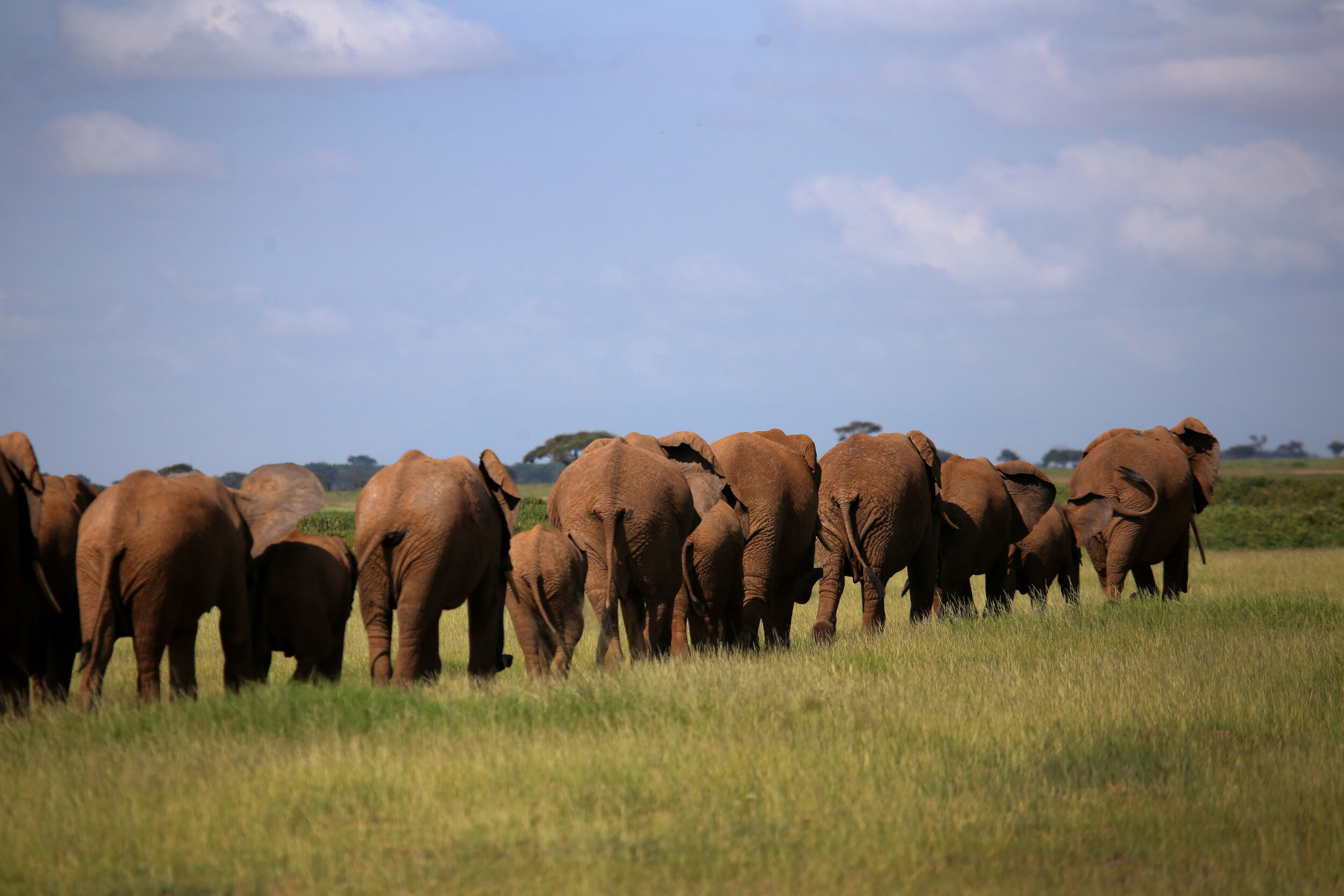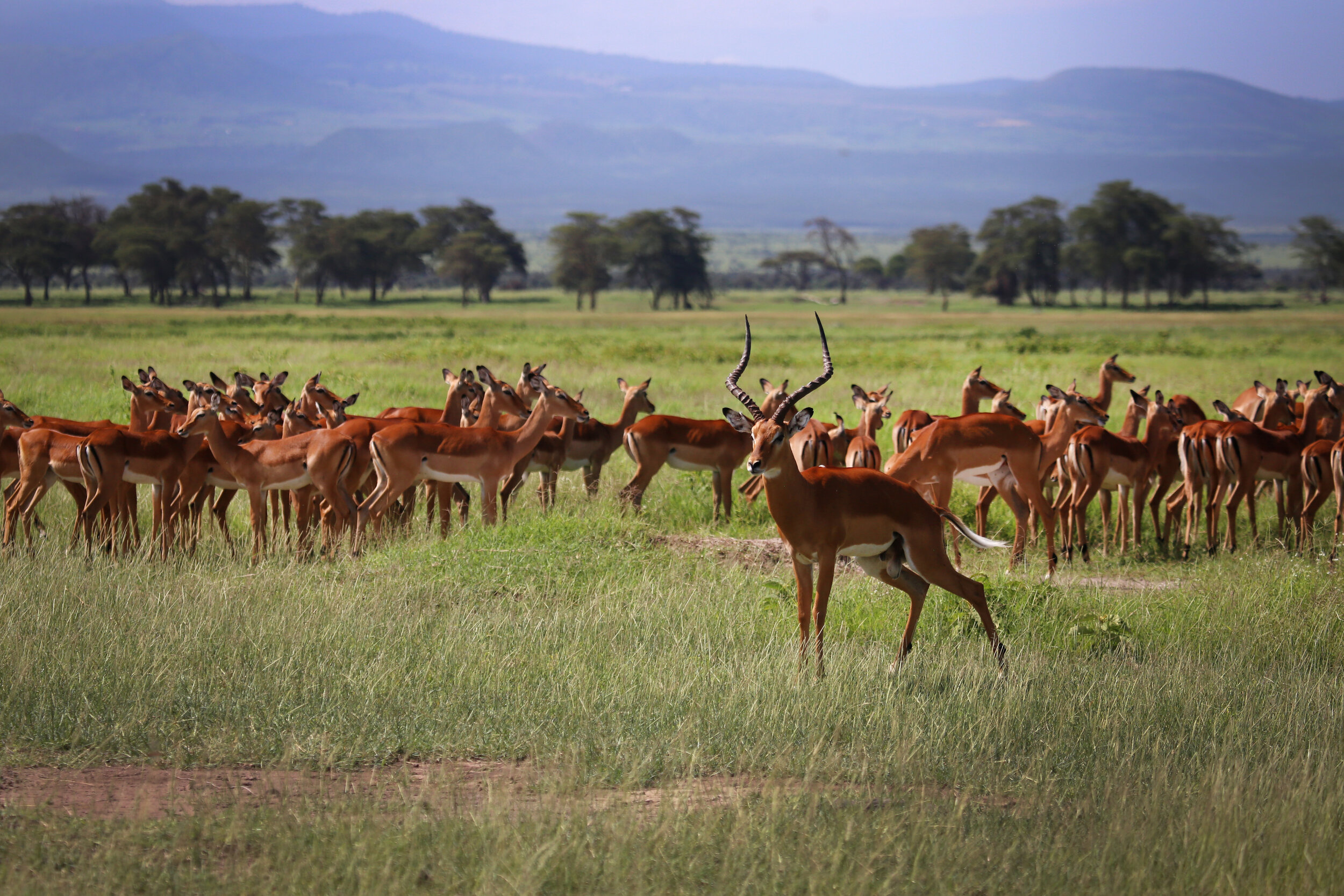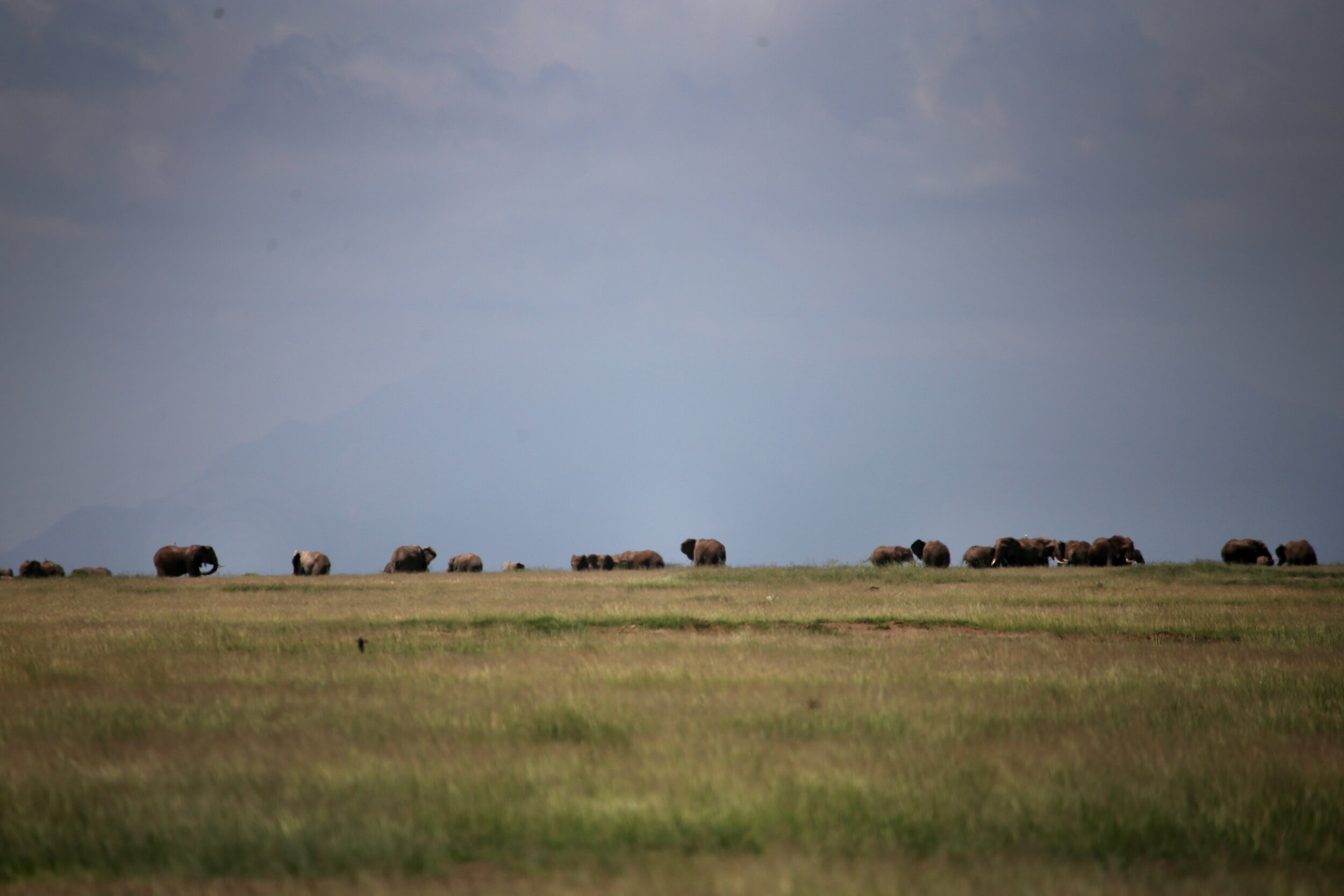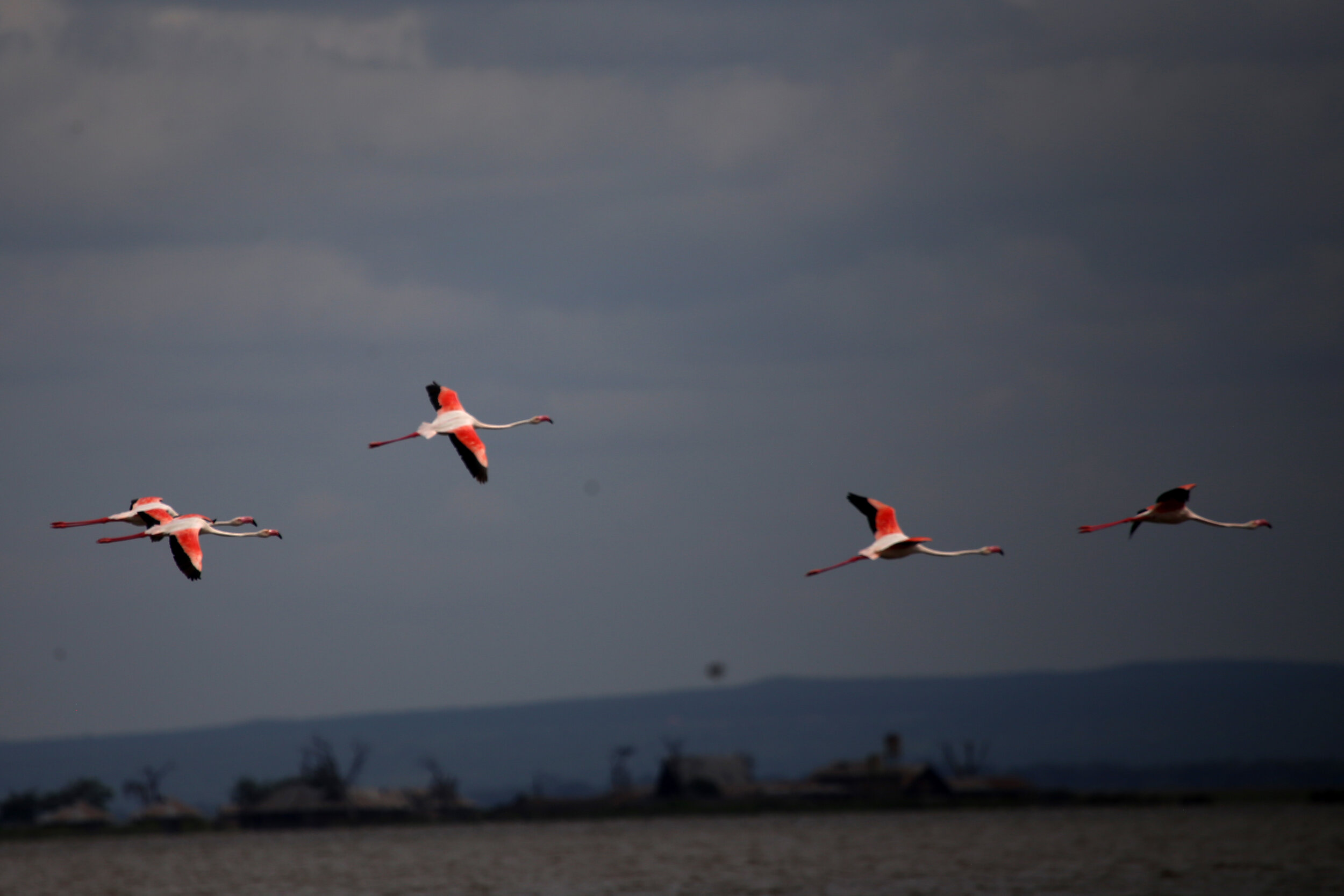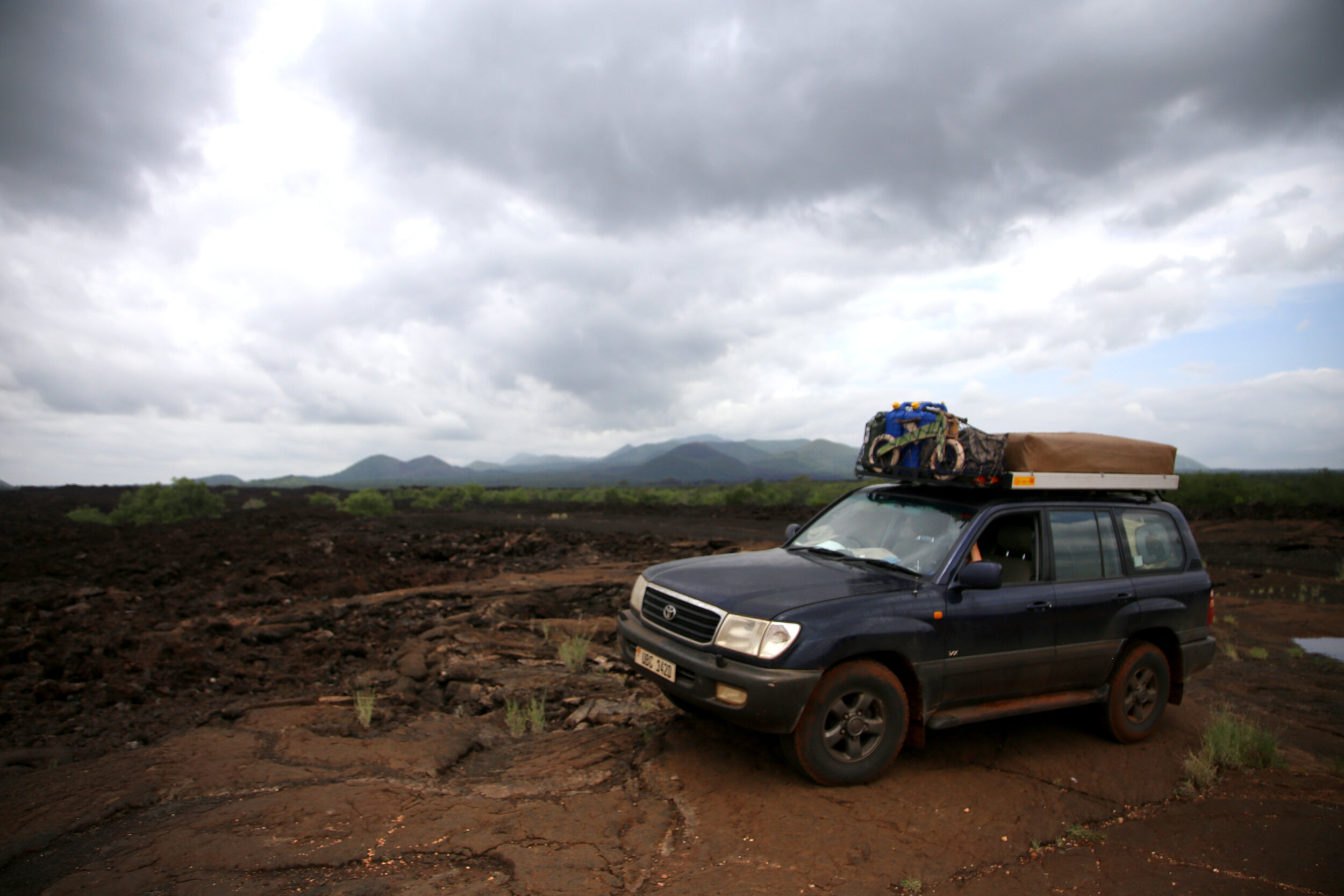It took two more days of driving before our month-long trip was truly over. We ended in Jinja, where we relaxed and recovered at Eric’s parents’ place on the Nile River, his Dad joining us our second night there, giving us a reprieve while he spent time with the kids. We needed it.
We had stayed at a simple, but clean place the night before called Maraboi Estate, driving there from the Maasai Mara, and then had a long day of driving to reach Jinja, including a border crossing back into Uganda. It took about 7 hours from Maraboi Estate to Jinja. We pulled over on the side of the road to have our lunch and give ourselves a break. After that, I sat in the back with the kids, since Pax was crying in his car seat. I was so tired and didn’t have the energy to hold him, not to mention I didn’t think it was safe to hold him on the busy highway. Sitting beside him did not help, so he cried for at least the last hour of the trip and I had a horrible, pounding headache. It was as if we all knew how close we were and we just wanted to be there already.
It was good to be [relatively] home. Right away, Leo jumped out of the car to play with William, his playmate, and Scout, the dog. I went vertical on the sofa, falling into a deep nap. We stayed in Jinja for a couple of days, staving off the inevitable to-do lists that would overwhelm us back in Kampala. We caught up on some much-needed rest while Grandpa helped entertain the kids.
We managed to keep the kids asleep for most of the drive back to Kampala, so Eric and I had some time to talk and reflect about our trip. This trip took it out of us. It was hard and we were arriving home weary, but was it worth it? If we could go back in time, would we decide to do this trip again or would we fly to the beach and relax for a couple of weeks instead? Or rather, should we simply have stayed at home? We laughed, remembering a South African couple we chatted with at the Maasai Mara, who saw us overlanding with kids so young and blurted out, “Are you fucking crazy!?” She was a mom of 4, she said, and they were only overlanding now that the kids were out of the house. We remembered watching another couple at Lake Baringo, sitting calmly in their camping chairs, overlooking the lake and reading their books. We looked over to them in longing and jealousy as Eric and I hand-washed clothes, traded kid-watch, and cooked meals.
Drying cloth diapers while on the road
But how could we say that it wasn’t worth it? Sometimes it really is the intention that counts. Our trip was planned with the intention to be present with one another, live simply, and explore the beauty of our East African home. We dug in deep and made an adventure happen. While there were certainly tears, there was also a lot of laughter and love. I clung to a moment when Leo looked right in my eyes and said, “We all love each other, don’t we, Mom?”
We believed that going together on a trip was better than giving our children lots of presents for Christmas and, when asked, Leo agreed. Admittedly, this kind of a trip may have been too much to ask of a 1-year old, who had a hard time with the long drives and couldn’t understand why he was limited in movement when there was an ant nest around or when we were trying to keep him out of the mud. We also agreed that if our intention was presence, a trip to the beach may have been the better option, since camping was simply so demanding. There was always work to be done and the children were not old enough to truly help, so we felt like we were always putting them off so we could pack up, cook, wash clothes and dishes, etc. A beach vacation probably would have allowed us to be more relaxed and present with children at this age, but in looking back on our trip, i do think the difficulties brought us closer. And now that we have been stuck at home this year, spending lots of time together due to COVID-19, I am grateful that we did push into the difficulties of the trip and made it happen. Leo still talks about it and wants to camp again soon. Just last night, out of nowhere, he said, “Mom, do you remember the puddles that looked like lakes in Kenya?” He was referring to the flooding in Amboseli. We adults scorned it, since it prevented us from accessing much of the park, but Leo had a blast splashing through the puddles and it seems he remembers it fondly.
We will continue overland trips with the kids around Africa, and we know (or hope) it will only get easier and more enjoyable as they grow up and are able to help out more and appreciate the sights more. Overlanding offers incredible learning opportunities, bringing you face-to-face with lessons on culture, history, geography, languages, the natural sciences, and more outside of a textbook or screen. I hope it will also teach them that we can do hard things together.
In the end, I think the best summary of our trip is best said by by Sigurd Olson:
“We had left no mark on the country itself, but the land had left its mark on us.”


























